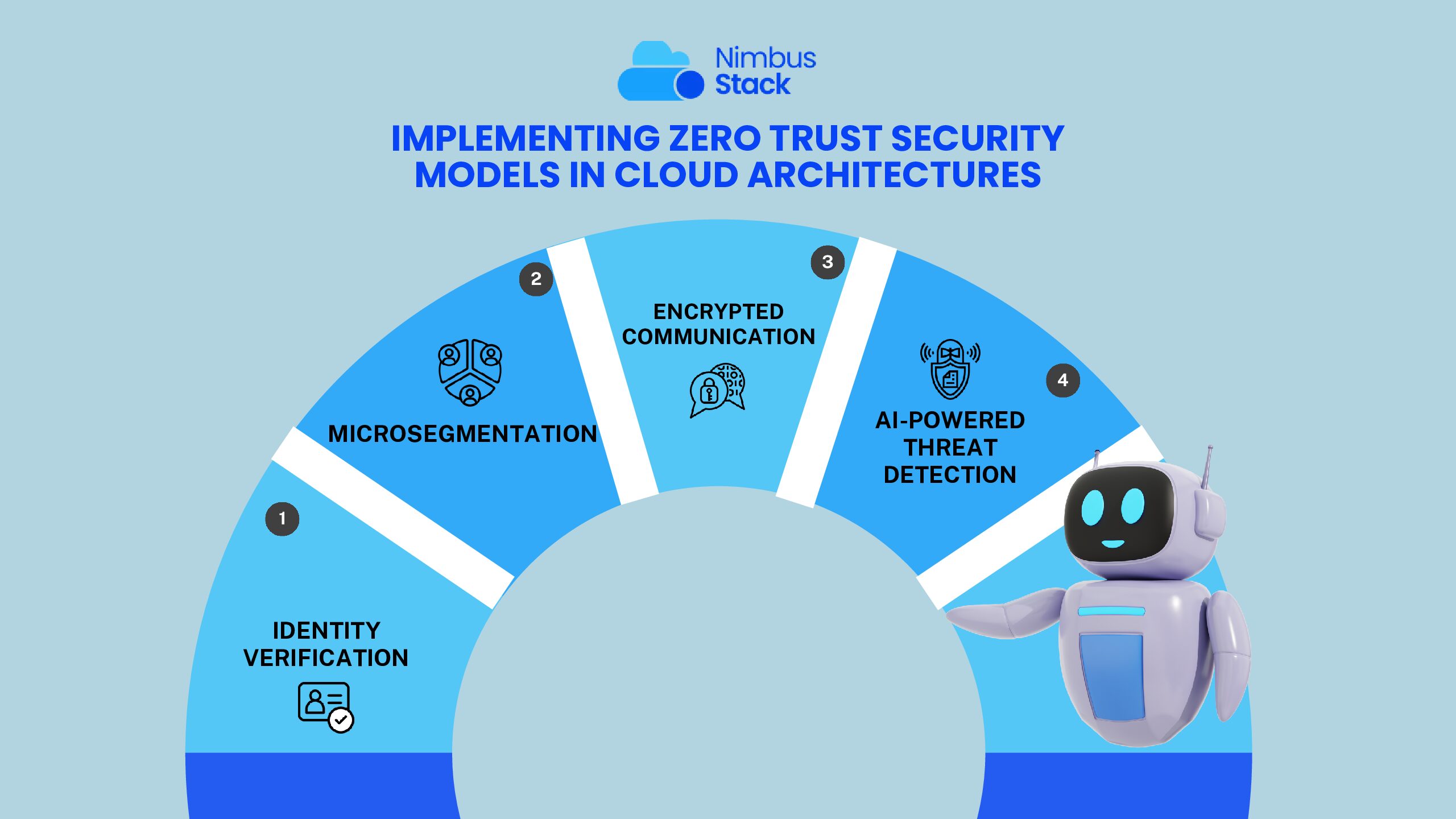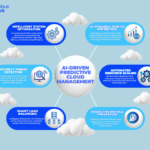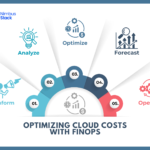Gone are the days when firewalls and perimeter-based security models were enough to protect your infrastructure. In the cloud, where users, data, and workloads move dynamically across networks and services, Zero Trust is no longer optional—it’s essential.
Zero Trust Security operates on a powerful principle: never trust, always verify. Every request is treated as potentially hostile, regardless of where it originates. In this blog, we’ll dive into what Zero Trust means in the cloud, why it matters, and how to implement it effectively to protect your modern cloud environments against evolving threats.
What Is Zero Trust Security?
Zero Trust is a cybersecurity model that eliminates the assumption of trust. Every access request must be authenticated, authorized, and continuously validated—even from inside your own network.
Core Principles of Zero Trust
- Verify explicitly: Always authenticate and authorize based on all available data points.
- Use least privilege access: Limit access to only what’s necessary for a given role.
- Assume breach: Design your system as if it’s already compromised.
Why Zero Trust Matters in the Cloud
In cloud environments, workloads are distributed, identities are dynamic, and data is everywhere. Traditional security models can’t keep up with this complexity.
Cloud-Specific Challenges Addressed by Zero Trust
- Perimeter erosion: There’s no single point of entry to secure.
- Shadow IT: Cloud services can be spun up without central oversight.
- Insider threats: Lateral movement within cloud networks can go undetected.
- Evolving threat landscape: Sophisticated attacks target identities and APIs, not just infrastructure.
Key Components of a Zero Trust Cloud Architecture
- Strong Identity and Access Management (IAM)
- Enforce multi-factor authentication (MFA).
- Implement fine-grained access control using roles and policies.
- Continuously monitor user and workload identities.
- Network Segmentation and Microsegmentation
- Isolate workloads and services to limit lateral movement.
- Use Virtual Private Clouds (VPCs), security groups, and service meshes.
- Continuous Monitoring and Analytics
- Use threat detection tools (like AWS GuardDuty or Azure Sentinel) to detect anomalies.
- Monitor behavior over time to establish baselines and detect deviations.
- Least Privilege Access and Just-in-Time Permissions
- Apply the principle of least privilege by default.
- Use tools like AWS IAM Access Analyzer, GCP IAM Recommender, or Azure Privileged Identity Management.
- Data Protection at All Layers
- Encrypt data at rest and in transit.
- Use tokenization and data masking for sensitive information.
- Enforce access control at the data level using services like AWS Macie or Azure Purview.
- Secure Endpoints and Devices
- Enforce device posture checks before granting access.
- Integrate endpoint detection and response (EDR) solutions.
Strategies for Implementing Zero Trust in Cloud Architectures
1. Start with Identity as the New Perimeter
Every access request should be tied to an authenticated and verified identity—whether it’s a user, device, or service.
Tools to Use:
- AWS Cognito / Azure AD / GCP IAM for centralized identity management.
- OIDC and SAML for federated authentication.
2. Use Context-Aware Access Controls
Go beyond static role-based access. Incorporate context such as geolocation, device type, and access time.
Example: Block access to an S3 bucket if the user is outside the corporate network or using an unknown device.
3. Implement Service-Level Authorization
In microservices-based cloud architectures, use service-to-service authentication with tools like:
- AWS App Mesh with mTLS
- Istio service mesh
- HashiCorp Consul
4. Enforce Secure API Access
APIs are the backbone of cloud communication and a prime attack vector.
- Use API Gateways to throttle, authenticate, and inspect API calls.
- Sign API requests with OAuth or AWS SigV4 for secure verification.
5. Automate and Audit Everything
Every security control should be logged and auditable.
- Use CloudTrail (AWS), Activity Logs (Azure), or Cloud Audit Logs (GCP).
- Automate compliance and remediation with AWS Config, Azure Policy, or Terraform Sentinel.
Real-World Example: Zero Trust in Multi-Cloud Deployment
A fintech startup manages services across AWS and Azure. They implemented Zero Trust by:
- Integrating identity providers across both clouds.
- Using service meshes for secure inter-service communication.
- Enforcing device checks before developer access via a secure access gateway.
- Auditing every access event and integrating SIEM tools for real-time alerting.
Result? They significantly reduced the attack surface and improved regulatory compliance with frameworks like ISO 27001 and SOC 2.
Challenges and How to Overcome Them
| Challenge | Solution |
| Legacy systems that don’t support modern identity standards | Use proxies or access gateways to enforce modern security policies |
| Managing policies across multi-cloud environments | Use IaC and policy-as-code tools for consistency |
| Resistance to change | Start small, educate teams, and demonstrate measurable risk reduction |
Best Practices Summary
- Identity first: Make identity and access controls your primary security perimeter.
- Microsegment: Break your network and services into isolated units.
- Encrypt everything: Treat encryption as a default, not an option.
- Monitor continuously: Don’t just log—analyze and respond.
- Automate security: Use IaC to implement and validate Zero Trust principles.
Conclusion
Zero Trust isn’t a single product or a checkbox—it’s a security mindset that must be woven into every layer of your cloud architecture. By adopting Zero Trust principles, you can build cloud environments that are resilient, compliant, and secure against both known and unknown threats.



